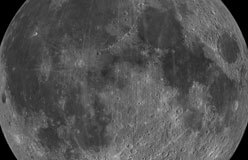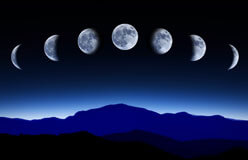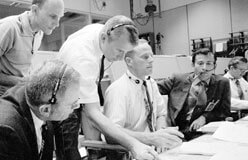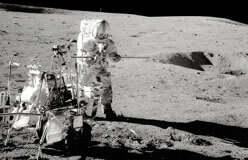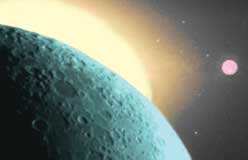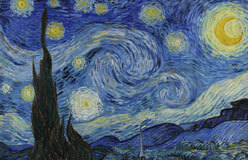People have come up with several ideas about how the Moon formed.
Most scientists believe that a small planet-like body smacked into Earth about 4.5 billion years ago. Our planet was still young then, just 100 million years old! The crash threw pieces of debris into orbit. Those pieces joined together and became the Moon. Both Earth and the Moon spent the next 700 million years being hit by giant meteorites. Earth’s scars from that time have mostly healed. That’s because of the weather, erosion, and plant life on Earth. But the Moon still has big pockmarks, called craters.
The last part of the Moon’s formation took place over the next 2 billion years. Molten lava seeped up from below the surface. It formed dark areas called maria, or seas. As this process slowed down, the Moon’s surface hardened into the grayish-green crust we see today.
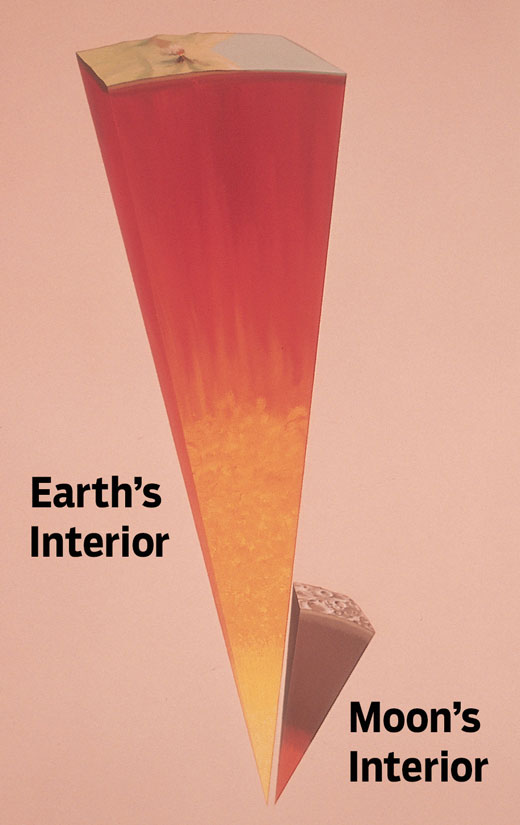
◀ Scientists don’t know exactly what lies beneath the Moon’s hard outer crust. They think the Moon has a mantle, made of dark rock. Under that is an area of partly molten rock, or hot liquid rock. Finally, there’s a small core probably made of iron.
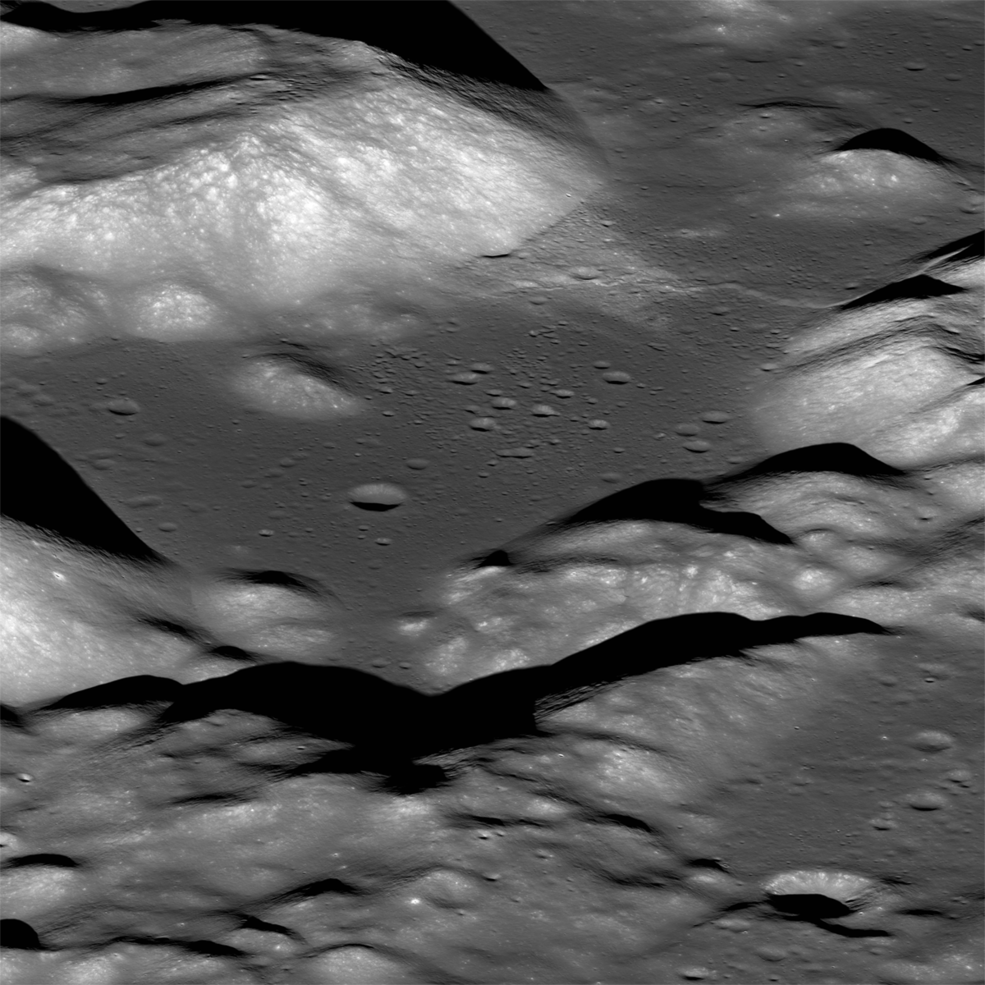
◀ The Moon is shrinking. Why? Because it’s gradually cooling from the inside out. As the interior cools, it shrinks, and as it shrinks, it pulls everything in toward the center. The motion creates faults on the surface, which produce quakes (in this case, moonquakes). This is the conclusion scientists published in May 2019. Their findings are based on eight years of data recorded by devices left on the Moon during the Apollo missions (1969 to 1972). By scientists’ estimates, the Moon is about 150 feet leaner than it was several hundred million years ago. The shrinking and the quakes continue.
A weather report from the Moon would be brief. There is no weather on the Moon. It has no clouds and little to no atmosphere, or the gases that surround a planet. The sky is always black and starry, and the only whisper of wind is caused by the Sun. That’s why craters created billions of years ago stay almost unchanged. ▶
-Weather_520.jpg)
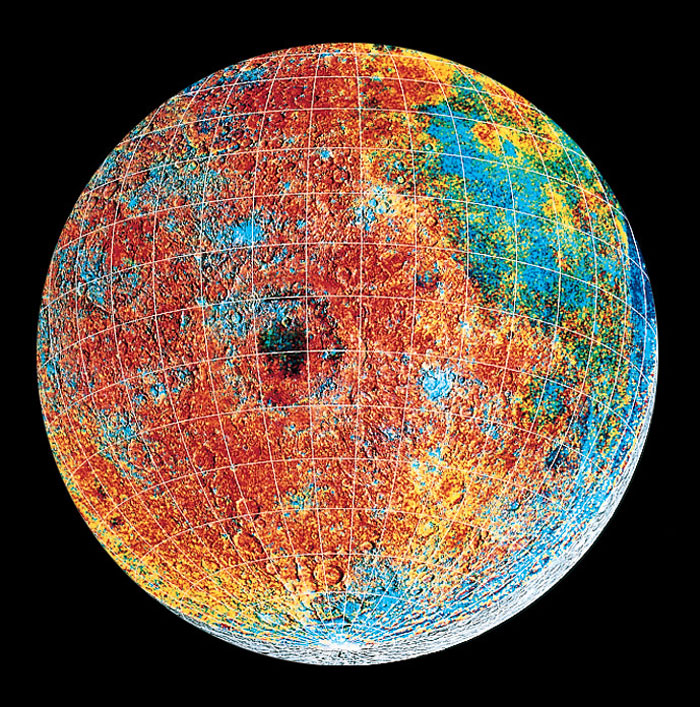
◀ The Moon’s dusty soil, called regolith, contains no life. But it has minerals, including aluminum, iron, and titanium. Astronauts brought back three main types of rocks. Basalts (blue, pictured) are dark, hardened lava. Anorthosites (red, pictured) are light rocks in the highlands. Breccia are composites, made when other rocks were crushed together during meteorite impacts.
The gravity on the Moon is one-sixth of that on Earth. So a person who weighs 180 pounds on Earth would weigh just 30 pounds on the Moon! ▶
-Gravity_520_1.jpg)
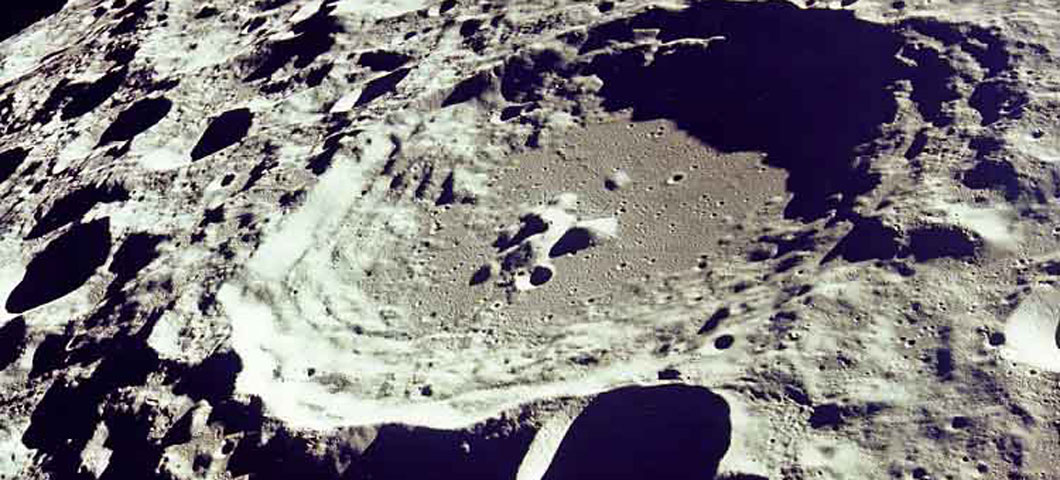
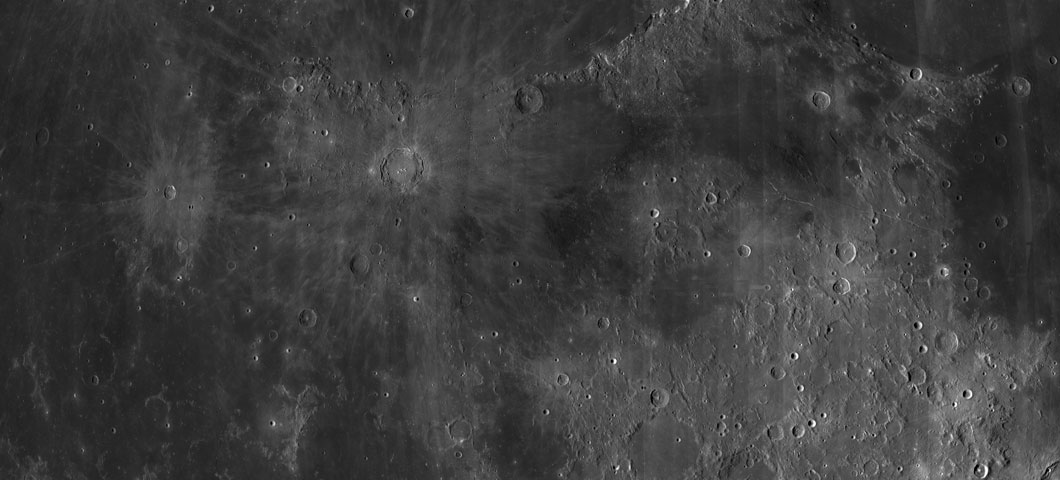
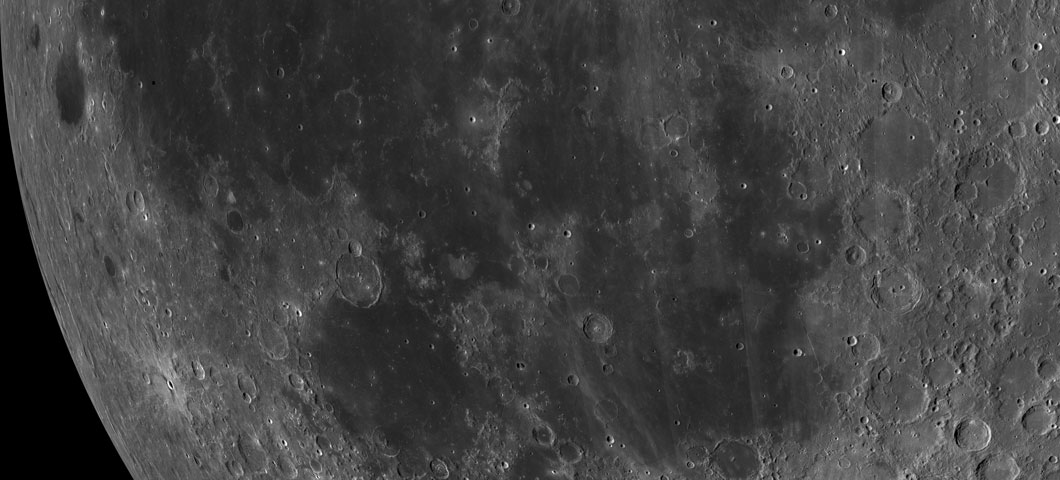
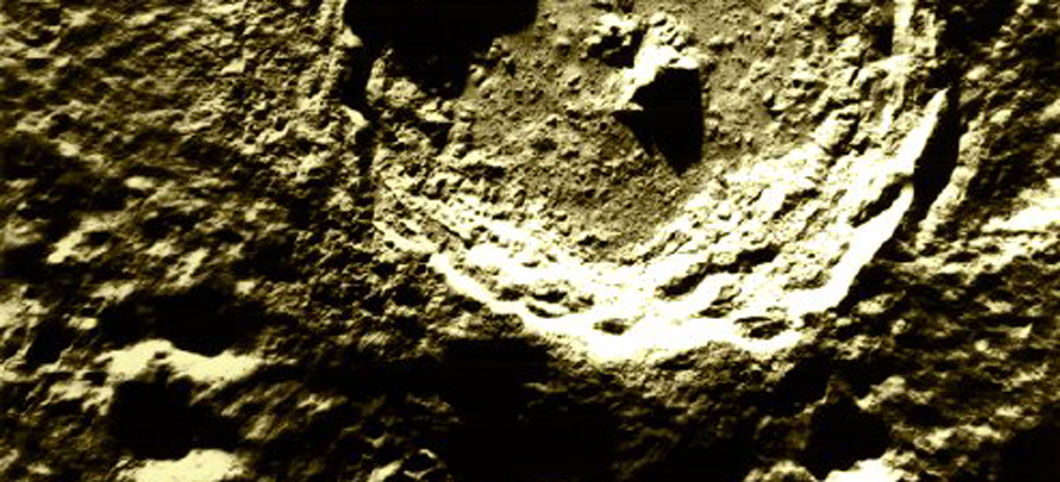
_1060.jpg)
